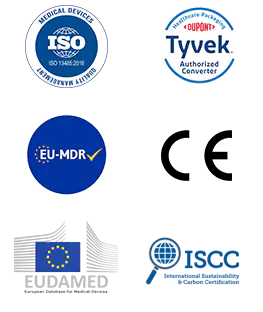1. Differences in protective performance
Face Mask Type IIR: Bacterial filtration efficiency (BFE) ≥98%, and can block viral droplets. The outer layer of the IIR mask is hydrophobic and can resist synthetic blood or body fluid splashes under a pressure of 160-120 mmHg, suitable for high-exposure scenarios such as surgery.
Ordinary medical masks: Generally, BFE ≥95%, and synthetic blood protection or virus filtration capabilities are not mandatory. Ordinary medical masks usually have no requirements for liquid penetration and are only used for basic droplet blocking.
2. Material and structural design
Face Mask Type IIR adopts a three-layer composite structure, and some products add nanofiber technology to enhance filtration stability in humid environments. Face Mask Type IIR adopts a four-pleat design, a plastic nose bridge and an arc-shaped sealing ring to reduce air leakage and fit the facial curve.
Ordinary medical masks are mostly two-layer or simplified three-layer structures, with a low gram weight of meltblown cloth and no emphasis on hydrophobic treatment. Ordinary medical masks are mostly flat folding designs, with weak nose bridge support, and are prone to air leakage or displacement when worn for a long time.
3. Service life and comfort
Face Mask Type IIR has stronger moisture resistance (such as nanofiber layer), which can provide continuous protection for more than 12 hours, and the mask adopts low breathing resistance design, with a skin-friendly inner layer to maintain humidity balance.
Ordinary medical masks are recommended to be replaced every 4 hours, and the filtration efficiency decreases significantly after being wet. Ordinary medical masks have high breathing resistance (about 5-10 mmH₂O), and long-term wearing can easily cause stuffiness.

 English
English Français
Français Deutsch
Deutsch Nederlands
Nederlands

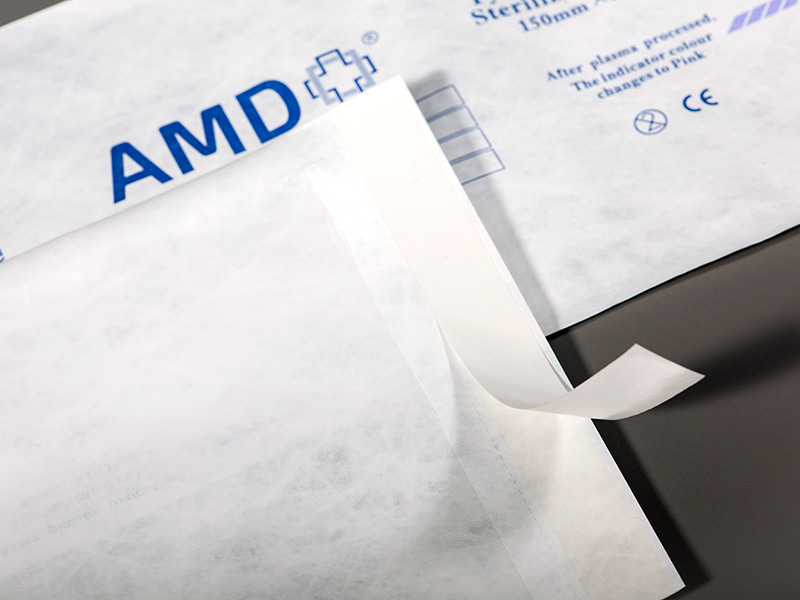
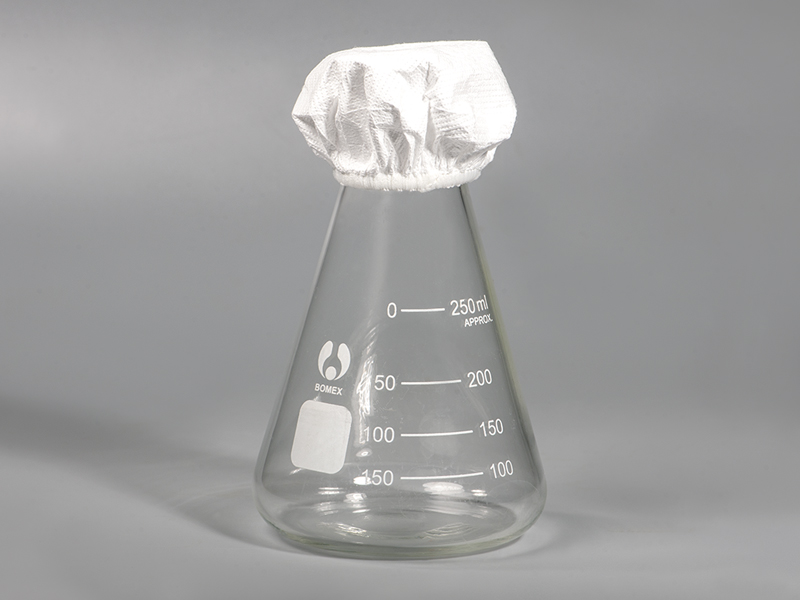
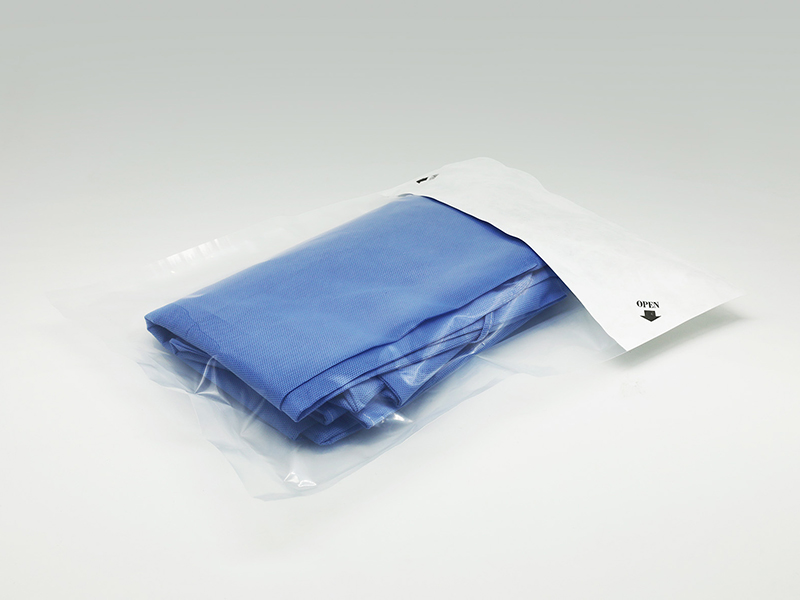


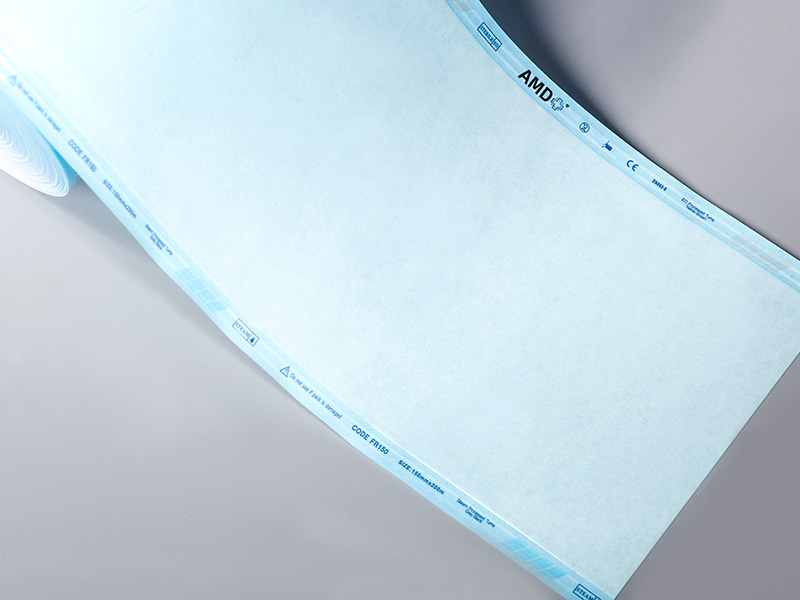
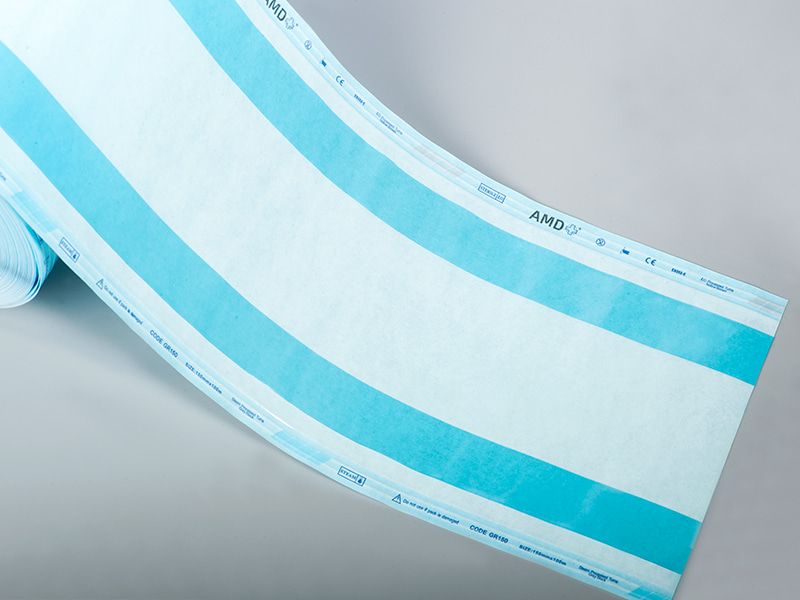
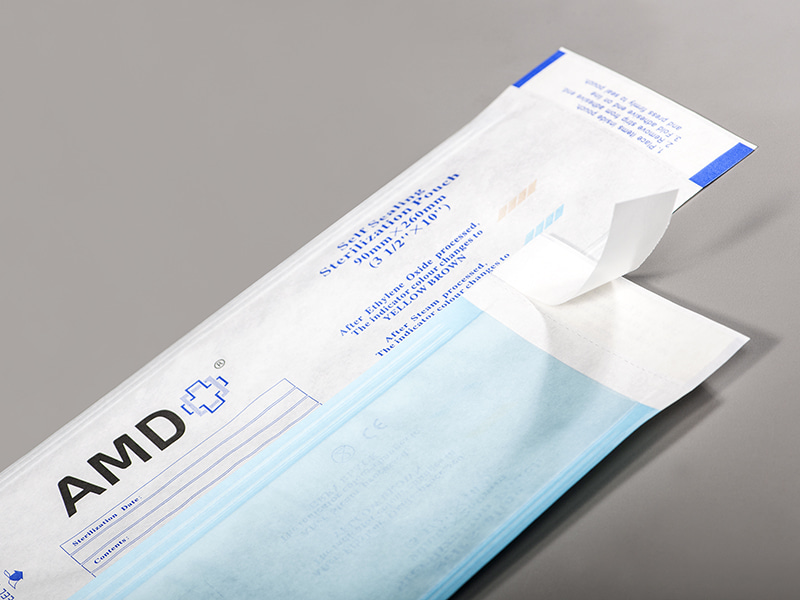
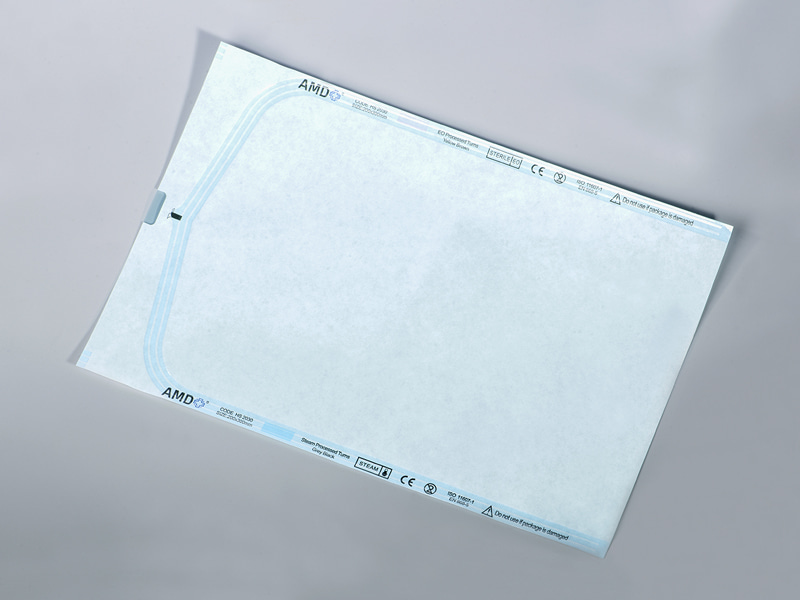
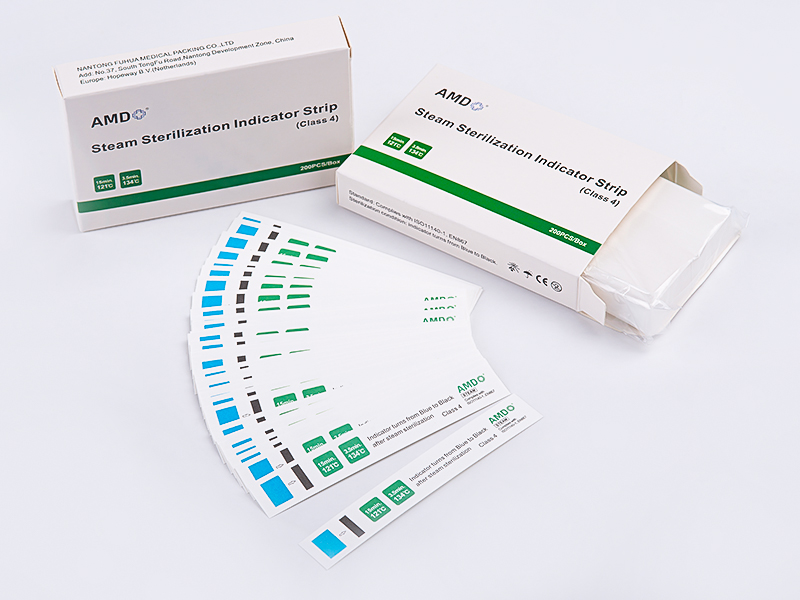
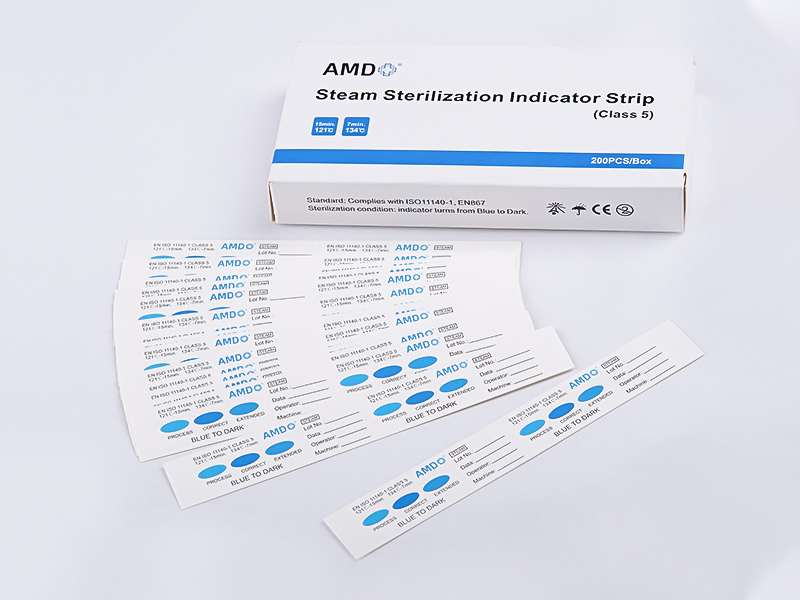

 ‘s-Gravenweg 542, 3065SG RotterdamThe Netherlands
‘s-Gravenweg 542, 3065SG RotterdamThe Netherlands
 +31 (0)10 254 28 08
+31 (0)10 254 28 08
